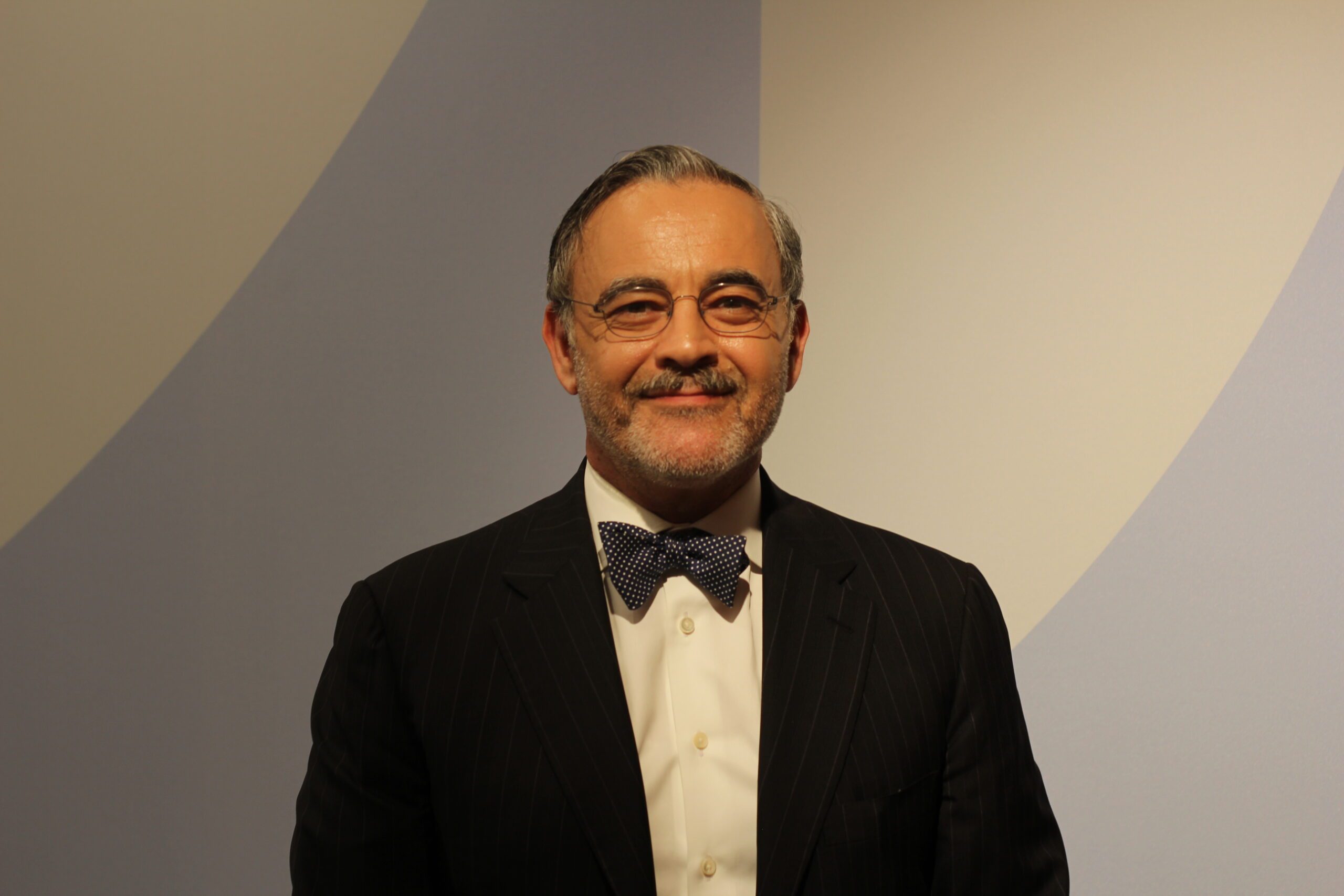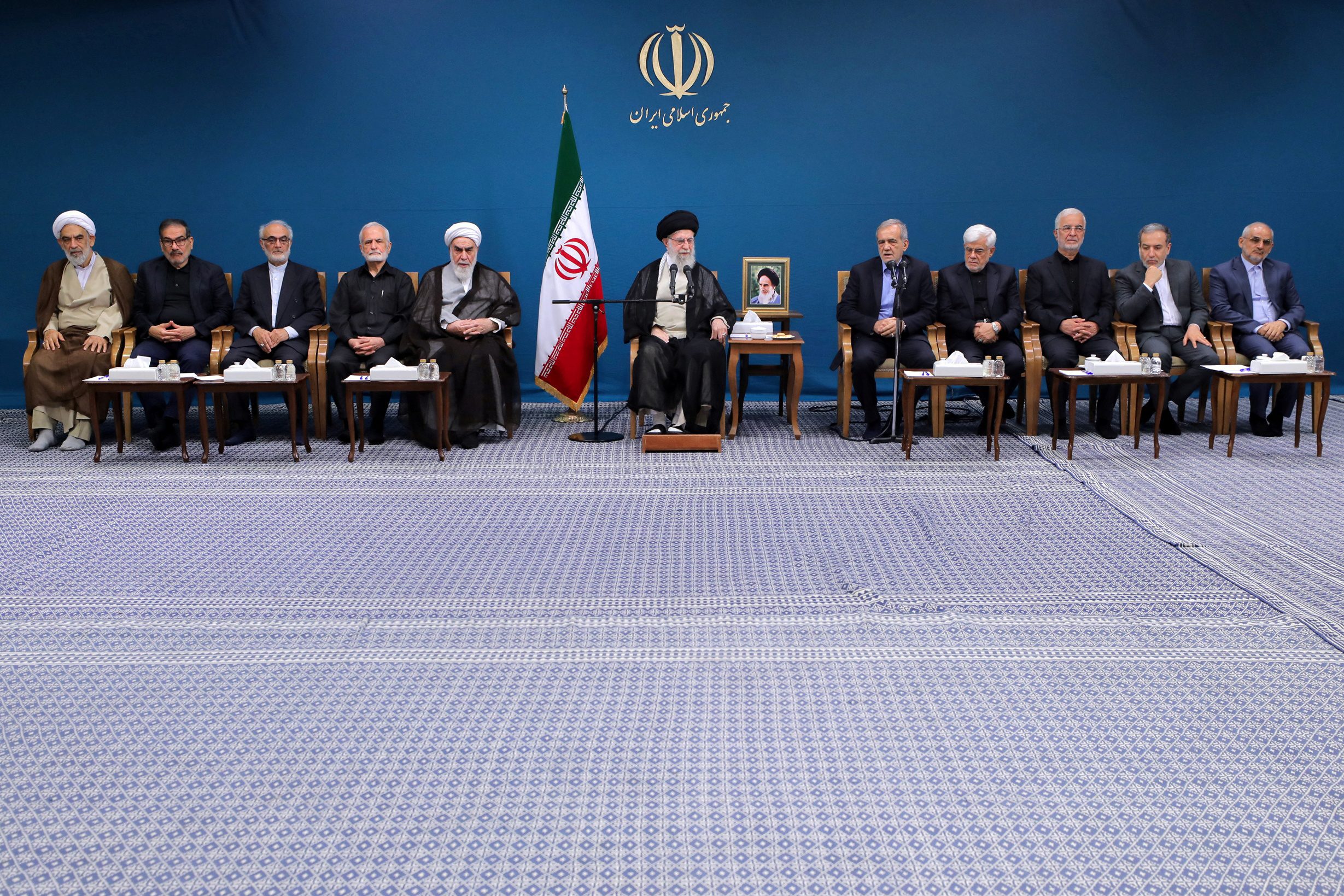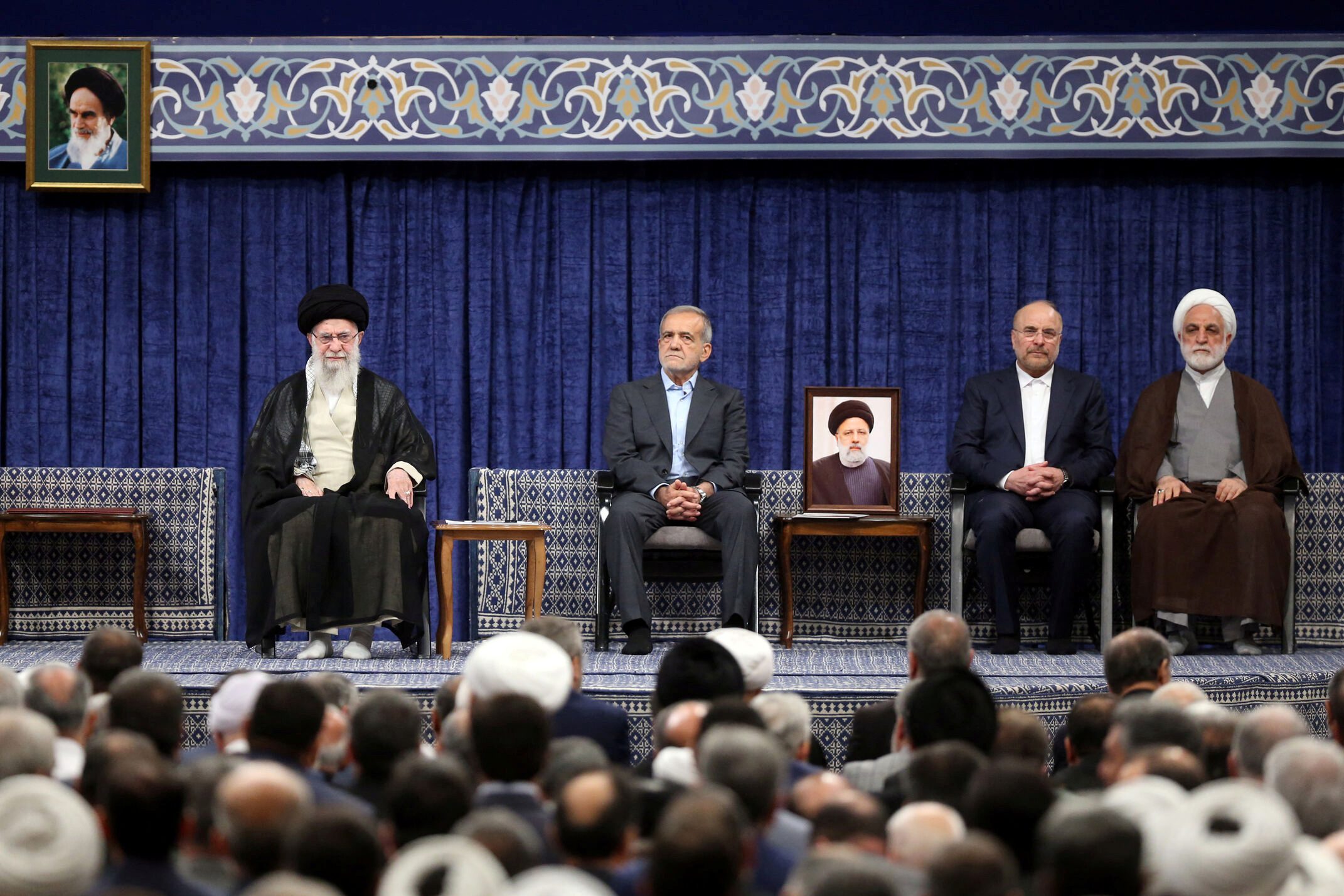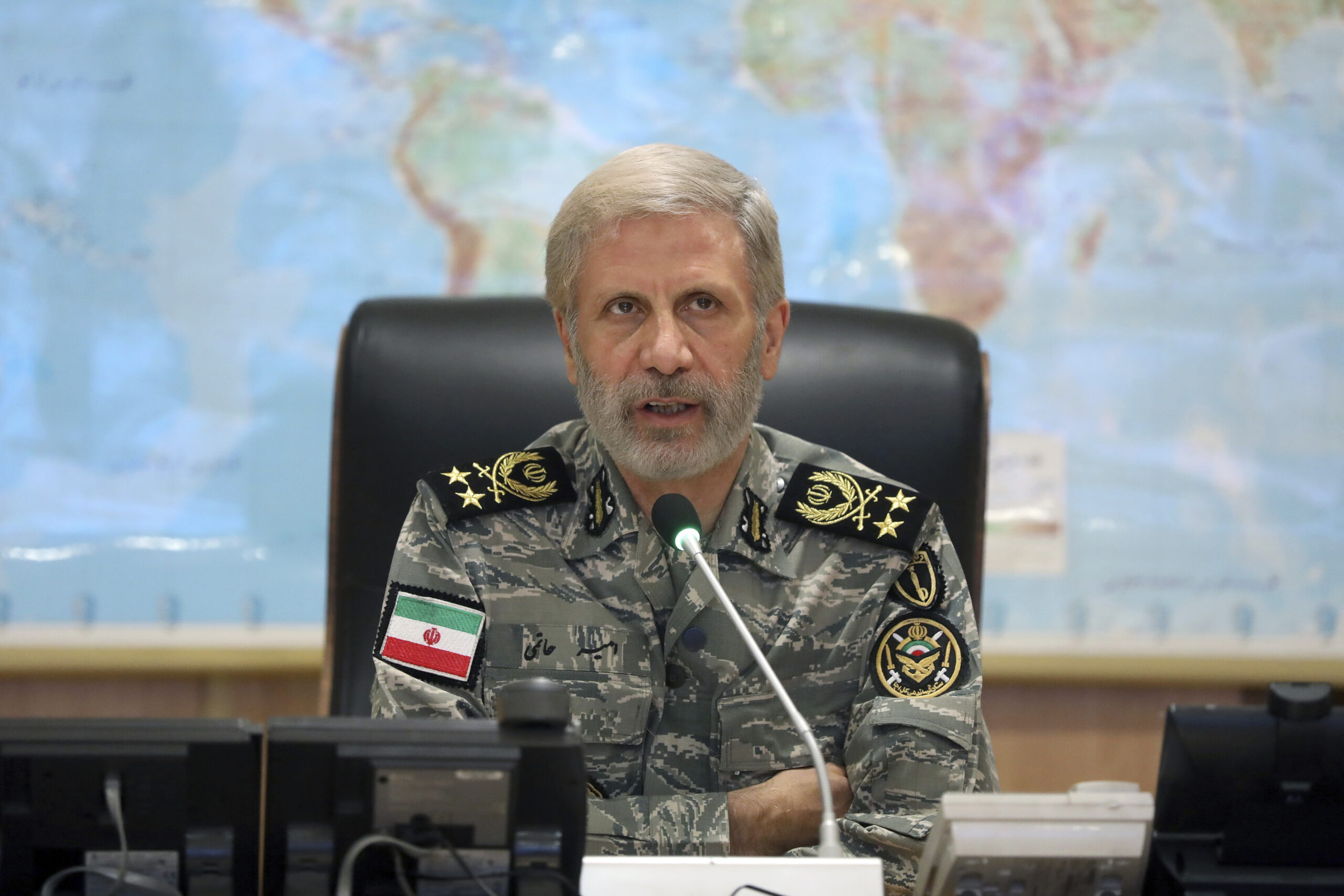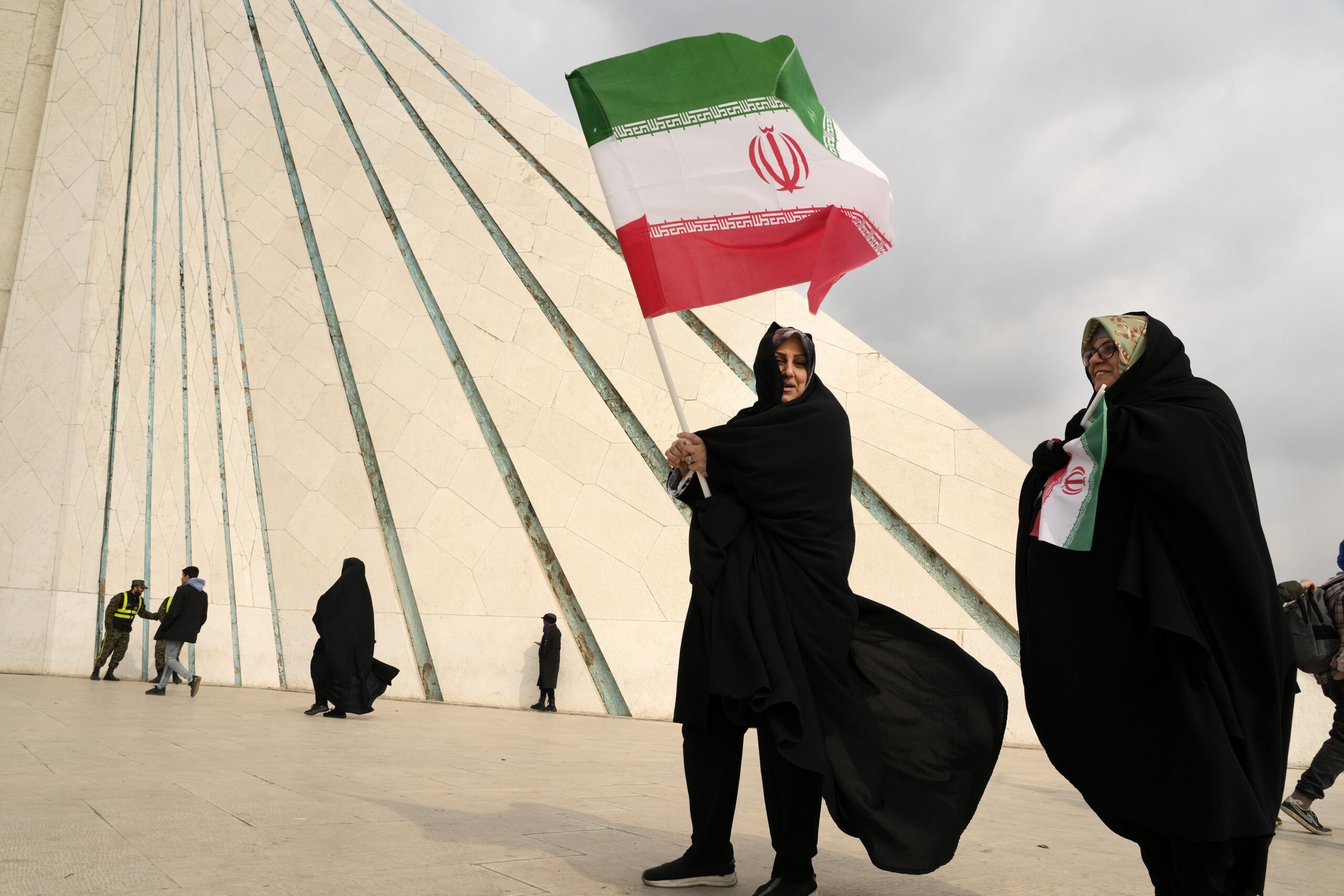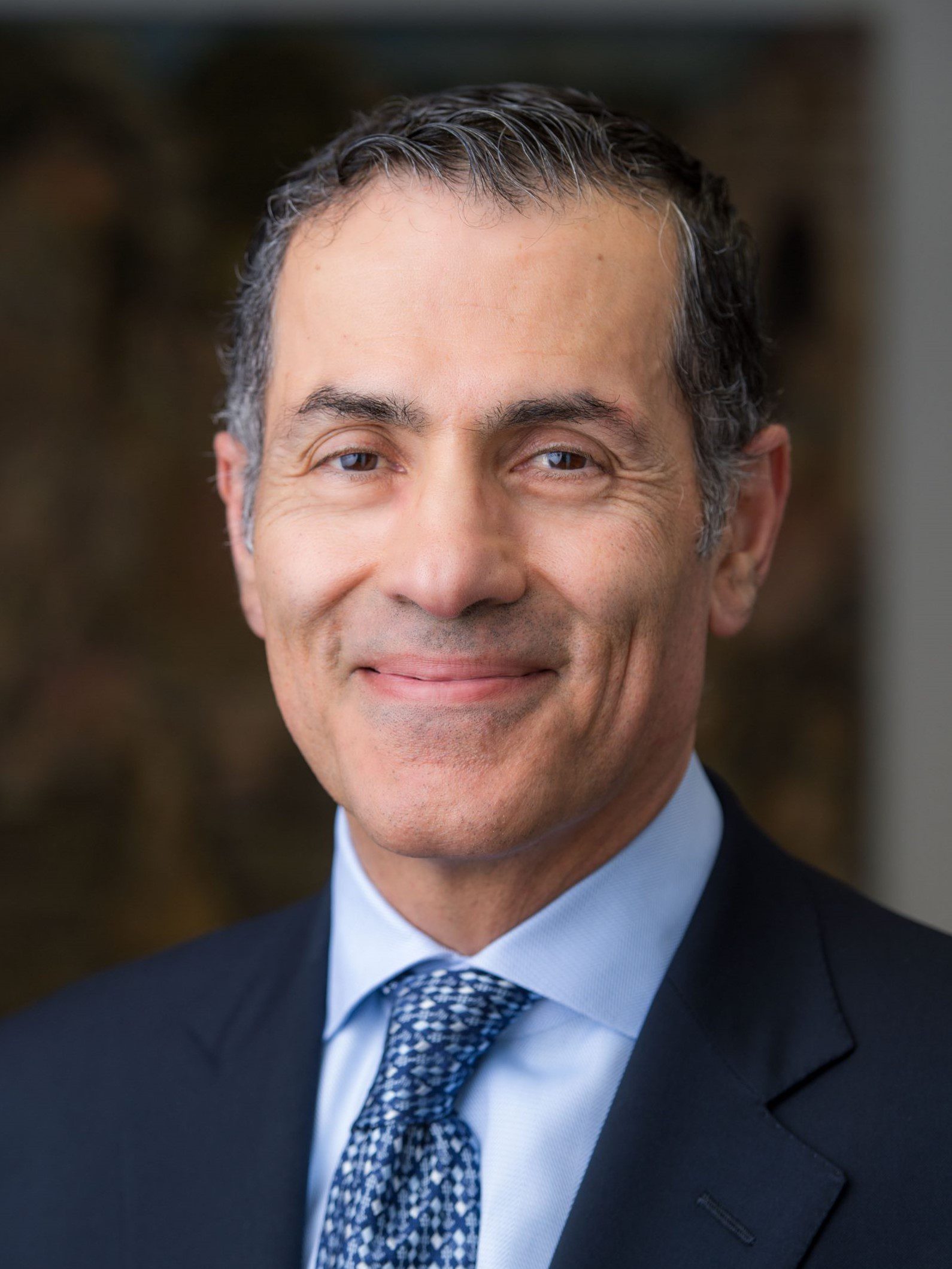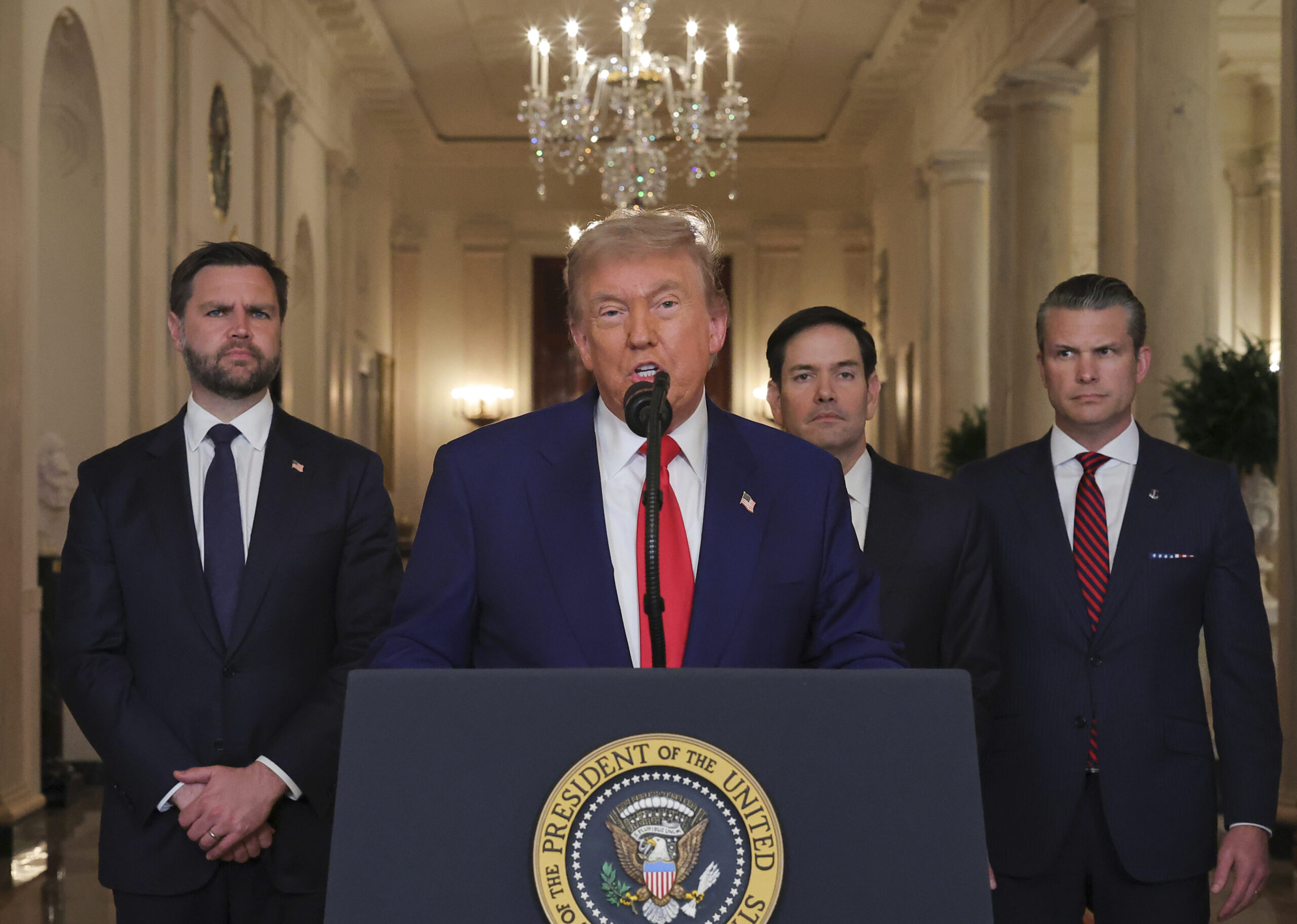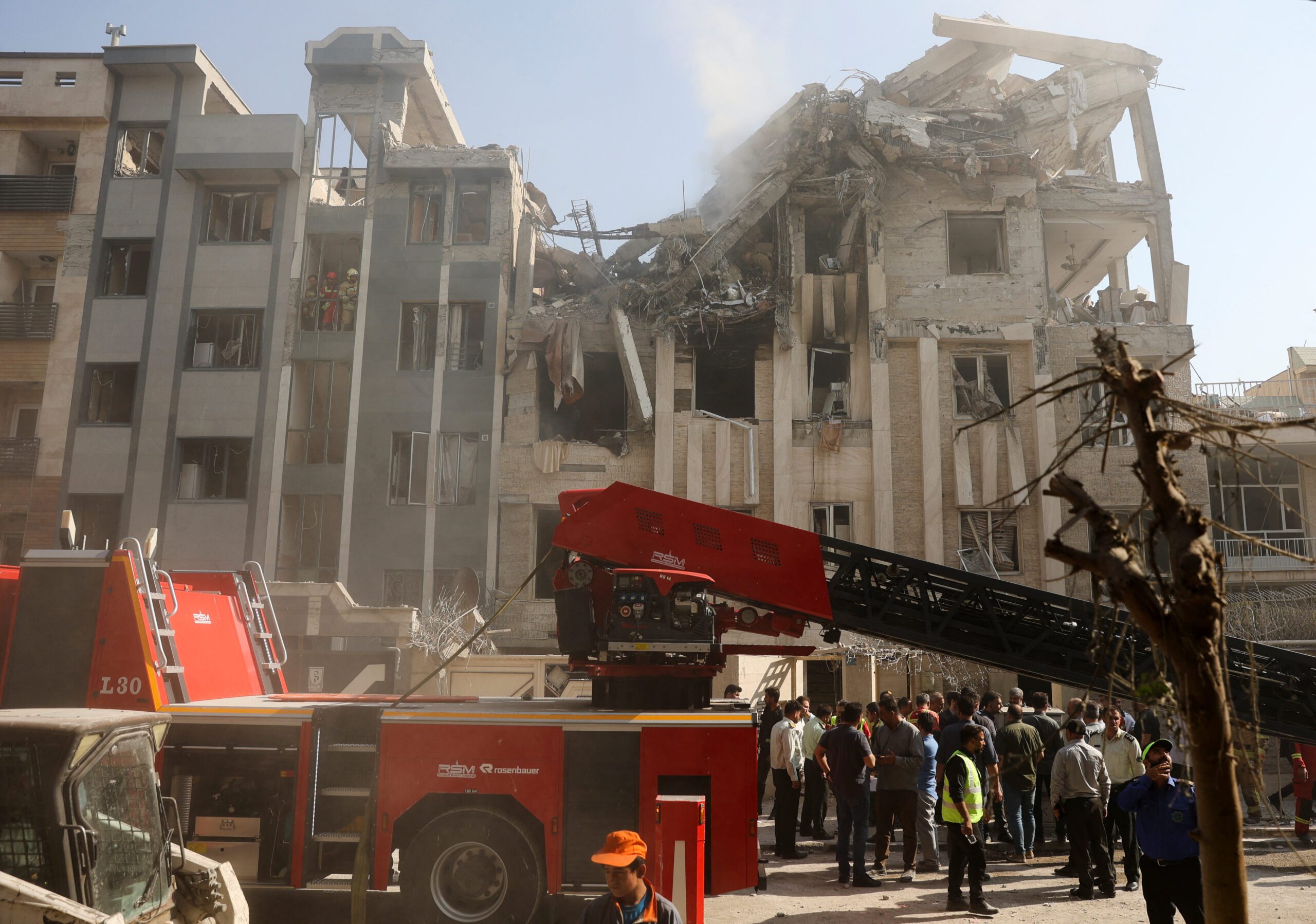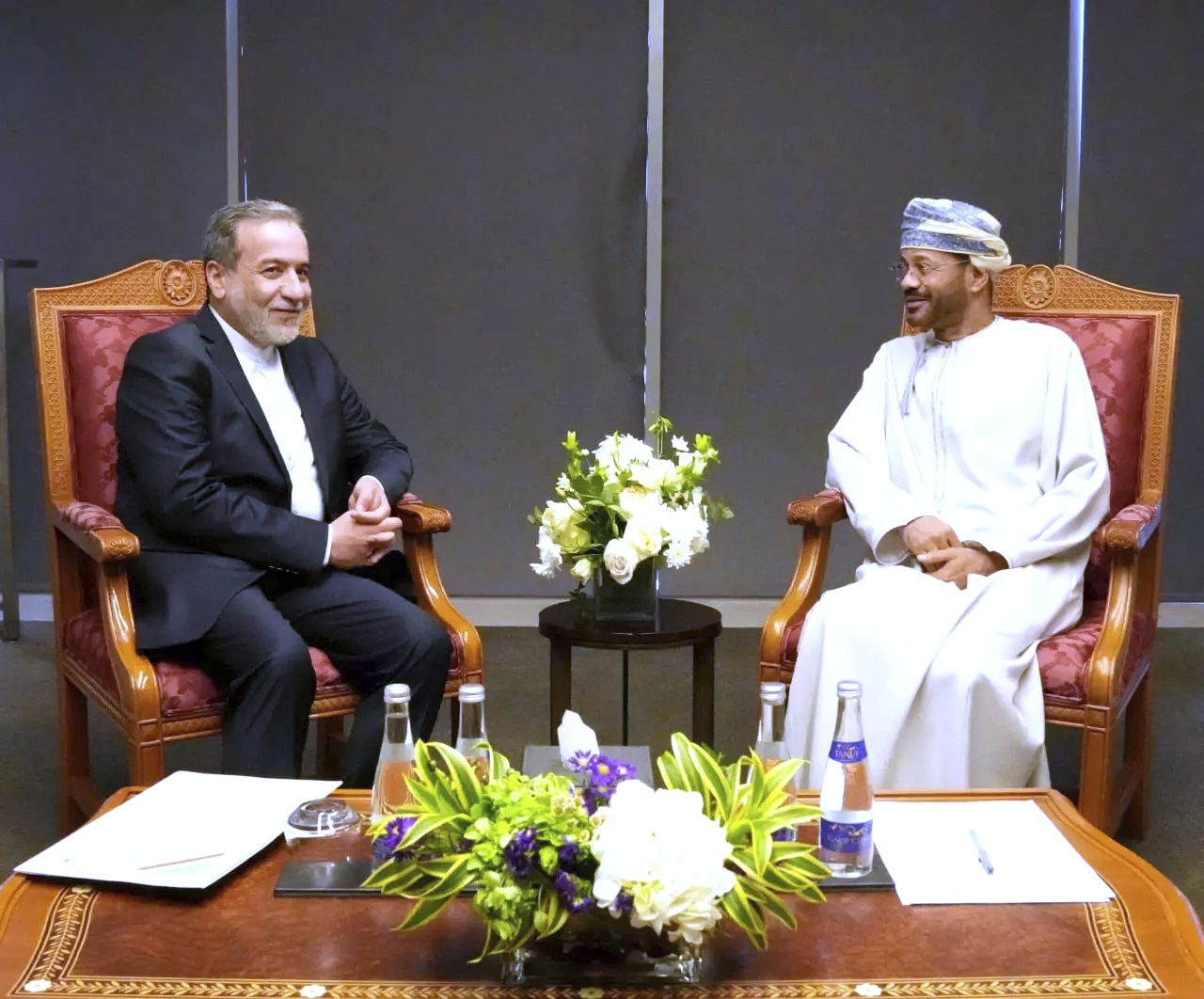Oct 7, 2025
“Cosmetic Surgery”: Iran Removes Four Zeros From Bank Notes
The October 7 edition of the Iran Media Review highlights criticism of a move by the Iranian Parliament to remove zeros from the national currency.
On October 5, the Islamic Consultative Assembly, Iran’s Parliament, approved a bill amending the Monetary and Banking Law to remove four zeros from the rial, the national currency. Yet, as Iran’s leading economic daily argues, the move amounts to little more than “cosmetic surgery,” leaving untouched the underlying domestic and external drivers of inflation and currency depreciation.
- October 6: The lead article in Donya-ye Eqtesad described the removal of four zeros from Iran’s national currency as nothing more than “cosmetic surgery”:
- “Experts believe that eliminating zeros – without undertaking structural reforms to improve budgeting processes, control inflation, and reduce political risks – will not have a significant impact on purchasing power or inflation reduction. The move, they argue, will merely simplify financial calculations.”
- “Economists argue that curbing inflation requires a detailed examination of its underlying causes. The depreciation of the national currency stems from a mix of domestic and external factors. Domestically, expansionary fiscal policies aimed at avoiding recession, chronic budget deficits, and excessive reliance on oil revenue have all contributed to liquidity growth and weakened the rial against foreign currencies. Externally, international sanctions and restricted access to foreign exchange reserves have delivered repeated shocks to the currency market, fueling volatility. Political shocks have also exacerbated inflation expectations, undermining currency stability. For instance, the 2018 currency shock – following the U.S. withdrawal from the Joint Comprehensive Plan of Action and rising political tensions – drove the dollar from around 5,000 tomans at the start of the year to about 13,000 tomans by year’s end. Currently, the free-market dollar rate has reached roughly 114,000 tomans, and in recent weeks – amid renewed political tensions and activation of the ‘snapback’ sanctions mechanism – it has fluctuated sharply, having stood at 94,000 tomans at the start of Shahrivar, leading to further erosion of the rial’s value.”
The views represented herein are the author's or speaker's own and do not necessarily reflect the views of AGSI, its staff, or its board of directors.
